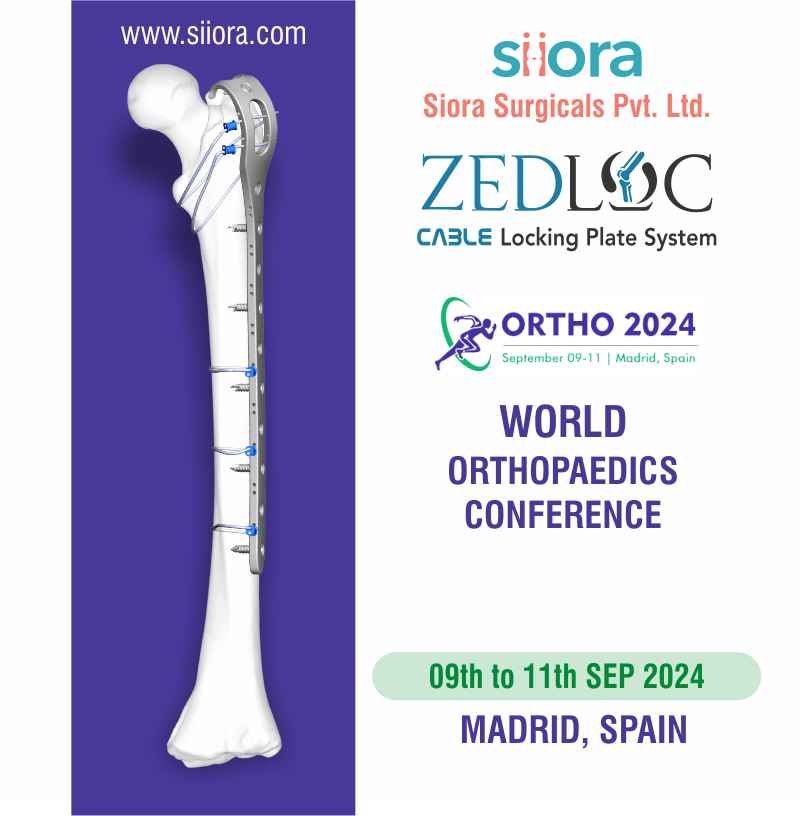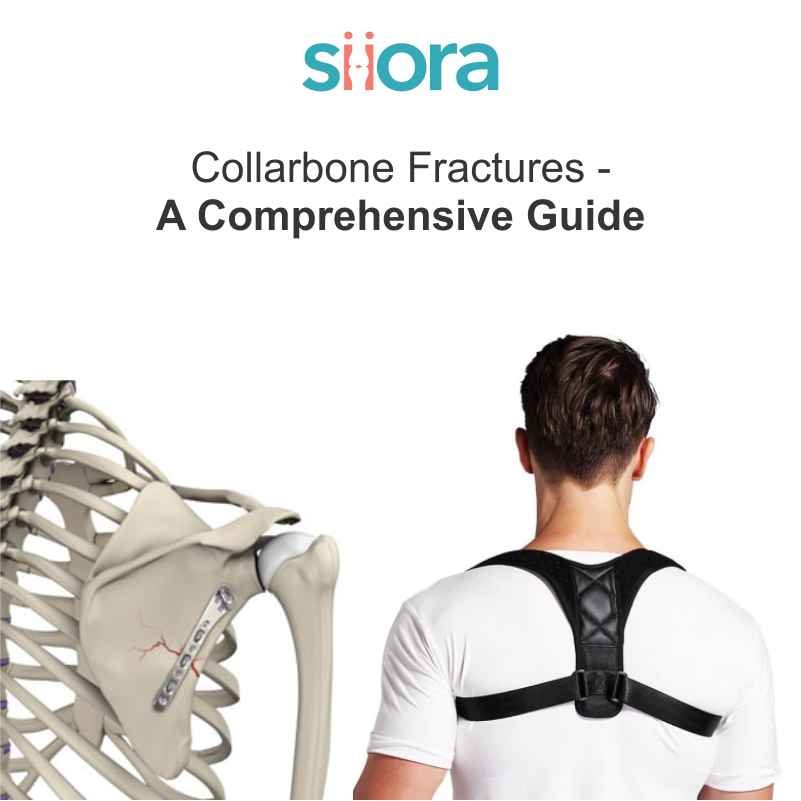Micro lumbar discectomy, also known as microdiscectomy, is a surgical procedure that alleviates the pain and discomfort associated with lumbar disc herniation. This minimally invasive approach has gained popularity for its effectiveness in treating spinal conditions while minimizing trauma to surrounding tissues. In this blog, we’ll explore the details of micro lumbar discectomy, its benefits, risks, and postoperative care, shedding light on why it has become a preferred option for many patients suffering from lumbar disc herniation.
Understanding Lumbar Disc Herniation
Before delving into micro lumbar discectomy, it’s essential to grasp the fundamentals of lumbar disc herniation. The spine is comprises vertebrae, and between each pair of vertebrae lies an intervertebral disc. These discs act as shock absorbers, providing flexibility and cushioning to the spine. Lumbar disc herniation occurs when the soft inner material of a disc (nucleus pulposus) protrudes through the tough outer layer (annulus fibrosus).
This herniation can lead to compression of nearby nerve roots, causing pain, numbness, and weakness in the lower back and legs. Conservative treatments, such as physical therapy and medication, are often the first line of defense. However, surgical intervention with spine implants & instruments may be the choice when these options fail to provide relief.
The Rise of Micro Lumbar Discectomy
Micro lumbar discectomy has gained prominence as a minimally invasive alternative to traditional open surgery for lumbar disc herniation. Traditional open surgery involves a larger incision, muscle dissection, and significant tissue disruption, which can lead to prolonged recovery times and increased postoperative pain.
In contrast, micro lumbar discectomy utilizes advanced surgical techniques and specialized instruments to access the herniated disc with minimal disruption to surrounding tissues. This approach not only reduces trauma but also allows for a quicker recovery and a shorter hospital stay.
What is the Procedure of Micro Lumbar Discectomy?
Micro lumbar discectomy is typically performed under general anesthesia, although some cases may be conducted using local anesthesia with sedation. During the procedure, the surgeon makes a small incision, usually less than an inch, near the affected disc. Through this incision, the surgeon inserts a tubular retractor to create a pathway to the herniated disc.
Using microscopic or endoscopic guidance, the surgeon carefully removes the portion of the herniated disc that is compressing the nerve root. This targeted approach minimizes damage to surrounding tissues and muscles, resulting in less postoperative pain and a faster recovery.
Who Should Perform Micro Lumbar Discectomy?
Orthopedic surgeons and neurosurgeons, with specialized training in spinal procedures, are the medical professionals qualified to perform micro lumbar discectomy. Their expertise ensures a thorough understanding of the intricacies of the spine and the delicate nature of the procedure. These surgeons assess each patient individually, considering factors such as the severity of symptoms, medical history, and response to conservative treatments before recommending lumbar surgery.
Candidates for micro lumbar discectomy commonly exhibit symptoms like sciatica, muscle weakness, and impaired mobility due to nerve compression caused by the herniated disc. Imaging studies, such as MRIs and CT scans, aid in confirming the diagnosis and guiding the surgical approach. It is crucial for patients to engage in open communication with their healthcare providers, providing detailed information about their symptoms and medical history, to ensure an accurate assessment of their candidacy for the procedure.
Benefits of Micro Lumbar Discectomy
Minimally Invasive: The small incision and focused approach of micro lumbar discectomy result in less disruption to muscles and tissues, leading to a quicker recovery compared to traditional open surgery.
Reduced Postoperative Pain: Patients undergoing micro lumbar discectomy often experience less postoperative pain compared to those who undergo open surgery. The smaller incision and decreased tissue trauma contribute to a more comfortable recovery.
Faster Recovery: With less tissue damage and a smaller incision, patients can typically resume normal activities sooner than with traditional open surgery. Many individuals are able to return to work and daily life within a few weeks.
High Success Rates: Micro lumbar discectomy has demonstrated high success rates in relieving symptoms associated with lumbar disc herniation. The targeted removal of the herniated portion of the disc effectively alleviates pressure on the nerve root.
Risks and Considerations
While micro lumbar discectomy is generally safe and effective, however, like any surgical procedure, it carries some risks. Potential complications may include infection, bleeding, damage to surrounding structures, or recurrence of disc herniation. It’s crucial for patients to discuss these risks with their surgeon and weigh the potential benefits against the potential complications.
Postoperative Care After Micro Lumbar Discectomy
Following micro lumbar discectomy, a comprehensive postoperative care plan is essential for a successful recovery. Patients are typically encouraged to:
Take it Easy: While the recovery time is shorter compared to traditional open surgery, it’s crucial to avoid strenuous activities, heavy lifting, and excessive bending for a certain period as advised by the surgeon.
Physical Therapy: Engaging in physical therapy often helps strengthen the core muscles, improve flexibility, and prevent future back issues.
Medication Management: Pain medication and anti-inflammatory drugs may be prescribed to manage postoperative discomfort. It’s important for patients to adhere to the prescribed medication regimen and report any unusual symptoms to their healthcare provider.
Follow-up Appointments: Regular follow-up appointments with the surgeon are essential to monitor the progress of the recovery and address any concerns or complications promptly.
Conclusion
Micro lumbar discectomy has emerged as a game-changer in the field of spinal surgery, offering a less invasive option for individuals suffering from lumbar disc herniation. The procedure’s advantages, including minimal tissue disruption, reduced postoperative pain, and faster recovery times, make it an appealing choice for both patients and healthcare providers.
While micro lumbar discectomy has proven successful for many, it’s important to recognize that each patient is unique, and the decision to undergo surgery should be made in consultation with a qualified healthcare professional. As technology and surgical techniques continue to advance, micro lumbar discectomy is likely to remain at the forefront of spinal surgery, providing relief and improved quality of life for individuals facing the challenges of lumbar disc herniation.








